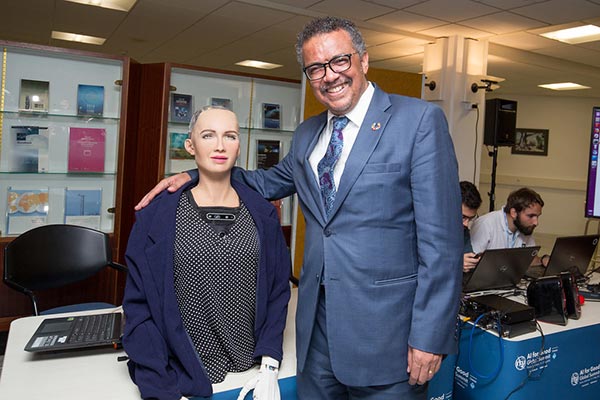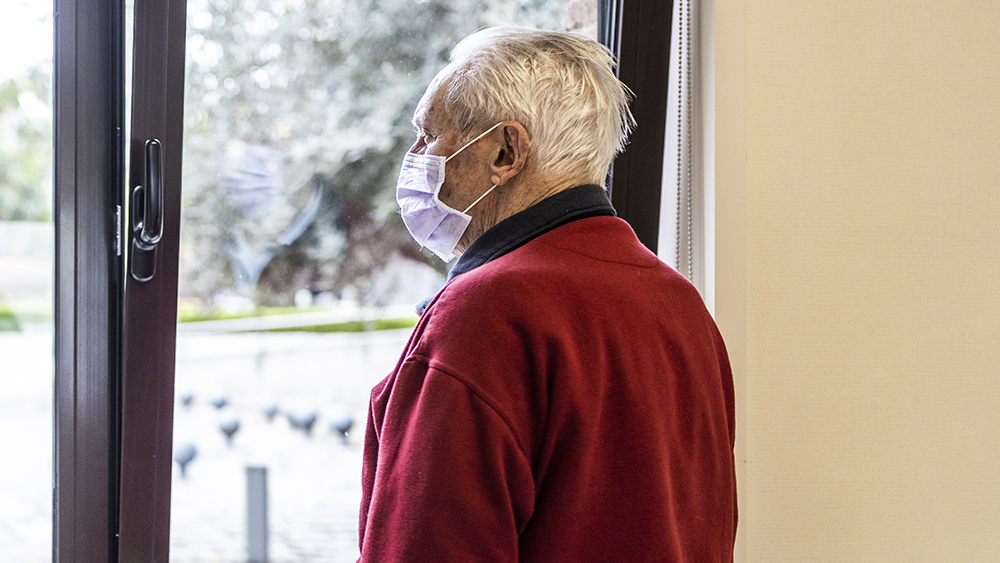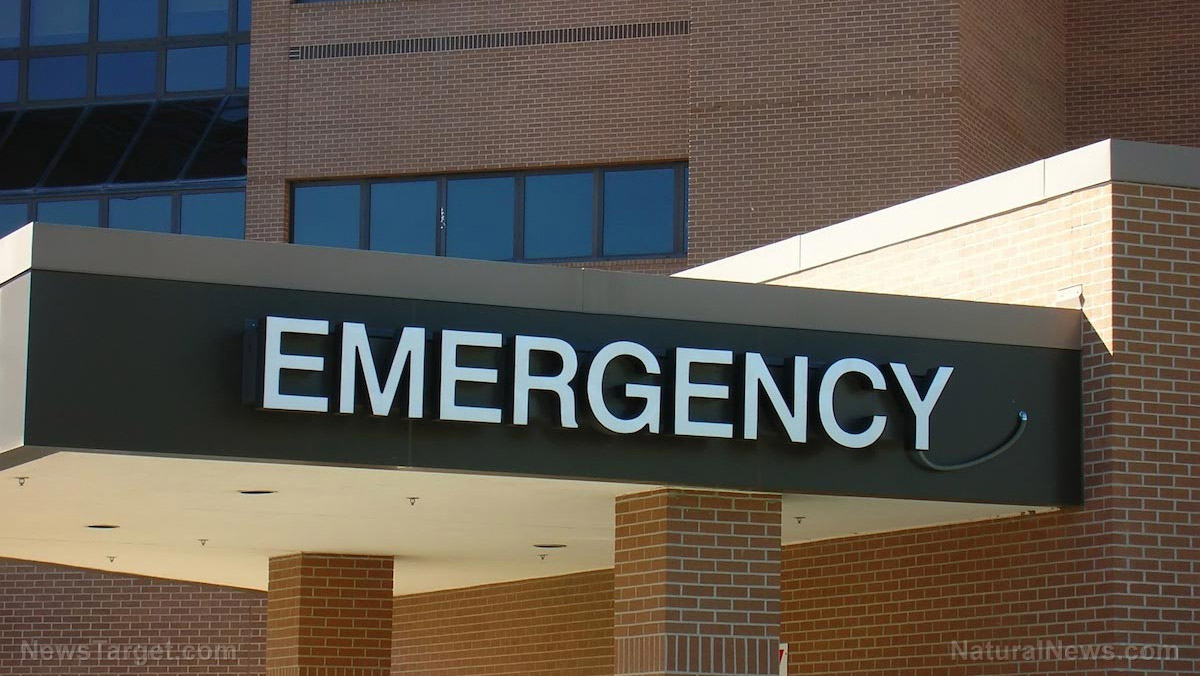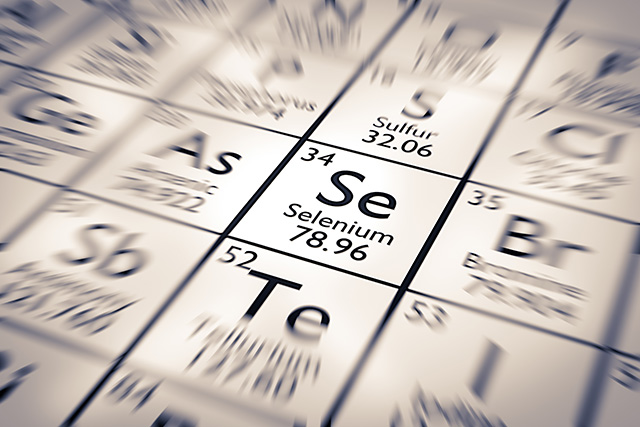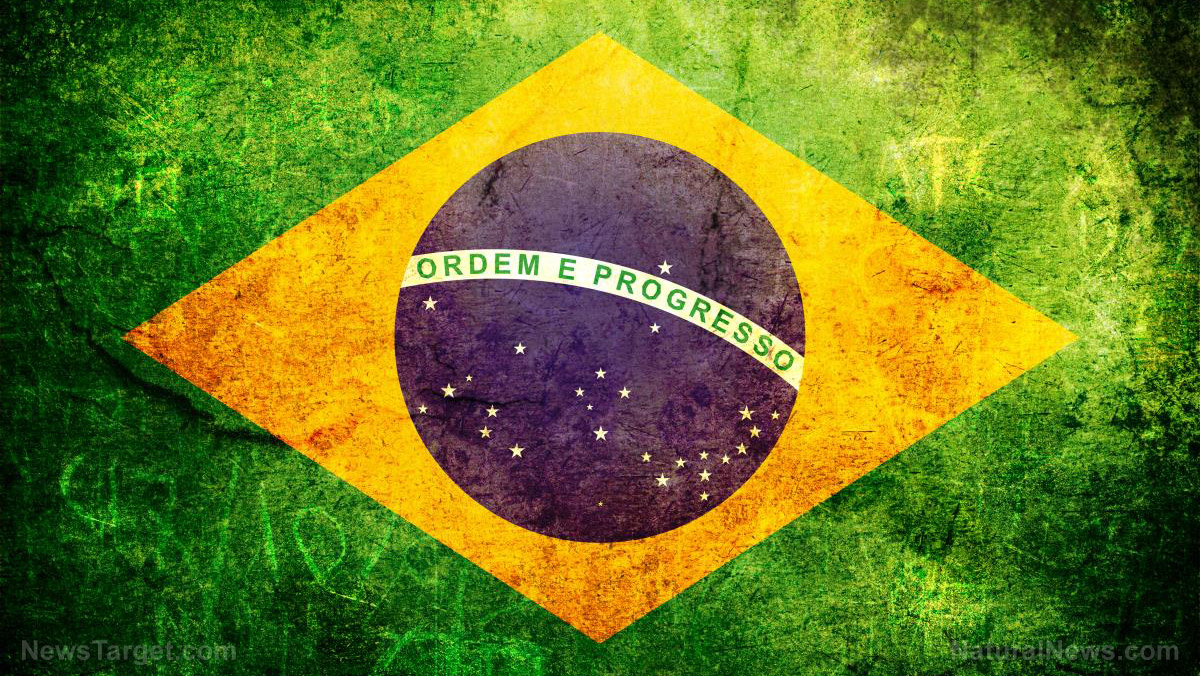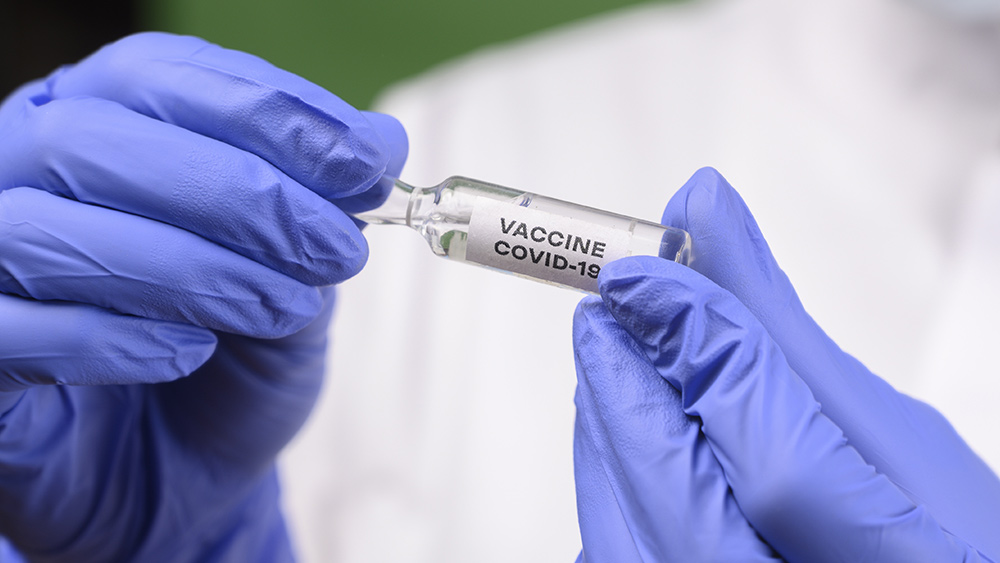Ventilators linked to deadly Russian hospital fires were sent to U.S.
05/26/2020 / By Isabelle Z.
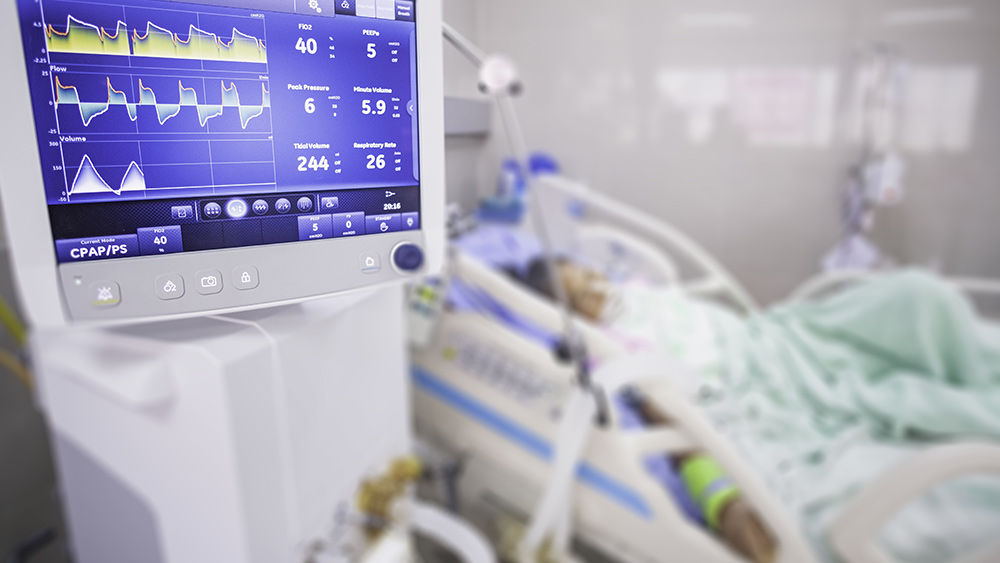
Masks and ventilators have been in short supply at various points during the coronavirus pandemic, but a recent incident involving dangerous ventilators illustrates just how important it is to choose medical supply sources carefully.
In early April, a shipment of 45 Russian Aventa-M ventilators was sent to FEMA officers in New York from Russia following a phone call between President Trump and Russian President Vladimir Putin. Because New York and New Jersey were scrambling to prepare for a big wave of very ill patients at the time, a few corners were cut when it came to FDA approval.
While it’s true that the FDA has implemented an emergency protocol that enables the distribution of ventilators without losing time putting them through the traditional time-consuming approval processes, these ventilators didn’t even get the FDA’s expedited Emergency Use Authorization, or EUA. New rules allow the use of ventilators in the U.S. without an EUA while the FDA works to get the necessary authorizations, and the Aventa-M ventilators were distributed under this policy.
The ventilators have now been linked to hospital fires in Russia that killed six people. In one incident, a fire killed one person in a Moscow hospital and caused the evacuation of hundreds of patients. In another, a fire broke out in a St. Petersburg intensive care unit, killing five COVID-19 patients who had been on ventilators and prompting the evacuation of 150 more patients.
Some hospital sources said they believed the fire may have been caused by a ventilator short-circuiting. Doctors were quoted by Russia’s NTV as saying that a ventilator exploded and caused the ward to fill with smoke, which suffocated patients.
Thankfully, they Russian ventilators never ended up being used in the U.S. as the hospitals in question ended up not needing as many of the devices as expected. Instead, they were being held in reserve in case the situation got worse. Moreover, one New Jersey health official said that the ventilators used an incompatible type of electrical voltage. The 15 ventilators that went to New Jersey were recalled by FEMA, while New York returned its 30 Russian ventilators in mid-May.
Russian investigators are looking into whether criminal negligence was involved in the incidents there, possibly in the design of the ventilator itself or in the fire precautions used by the hospital.
As for whether or not the ventilators will be used, a FEMA spokesperson told CNBC: “The conclusion(s) of the investigation being conducted by Russian authorities into the fire in St. Petersburg will help inform our decision regarding any future use of the ventilators.”
Are we taking too many shortcuts when it comes to emergency medical supplies?
Nevertheless, this serious lack of FDA oversight adds to a growing list of concerns about the shortcuts being taken when it comes to pandemic response. No one knows what might have happened if the ventilators had been needed, and some are blaming President Trump for failing to coordinate with public health experts when making the deal.
FEMA has said that they and the FDA didn’t have all the details about the products prior to getting the shipment, but they did inspect them when they arrived and allowed them to enter the country.
That wasn’t the only controversial aspect of the shipment; the ventilators were manufactured by a subsidiary of a Russian firm that is subject to U.S. sanctions. The manufacturers have defended their products, saying they’ve been in use since 2012 and haven’t had any safety problems.
This case highlights the importance of getting medical supplies from trusted sources, especially during a pandemic. Whether it’s faulty masks from China or potentially fire-inducing Russian ventilators, we must not overlook the importance of thorough vetting in our rush to stock up on life-saving supplies.
Sources for this article include:
Tagged Under: coronavirus, covid-19, equipment, Hospitals, masks, medical gear, medical supplies, pandemic, Russia, ventilators


